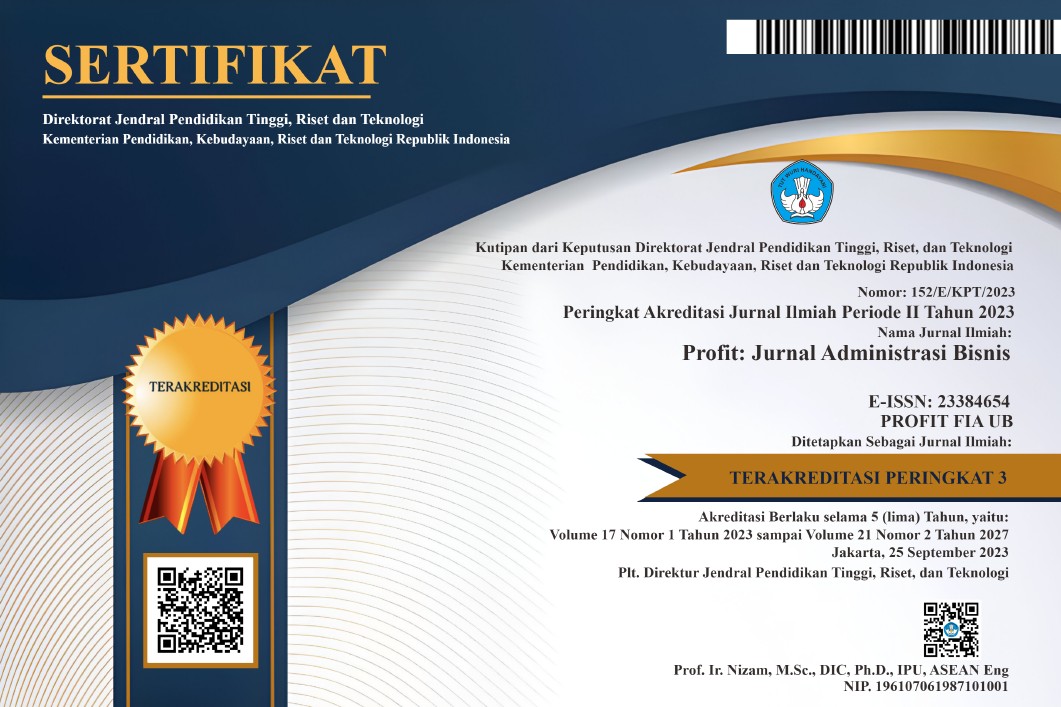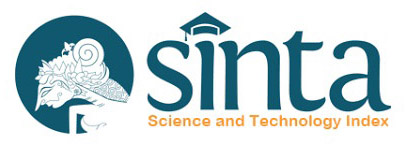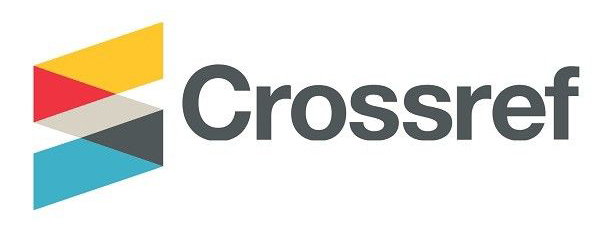INOVASI DAN PENGEMBANGAN PRODUK UKM HANDIKRAF UNTUK PASAR PARIWISATA DI BALI
DOI:
https://doi.org/10.21776/ub.profit.2016.010.02.5Keywords:
Tourism, Innovation, Marketing, souvenir industry, SMEs, BaliAbstract
Tourism is a sector that has a comprehensive multiplayer effect and provide opportunities for a variety of industries to develop through service to the needs of tourists. This study discusses the role of tourism to the development of the handicraft industry as a supplier of souvenir at the tourist market. More specifically the study was conducted to examine the process of innovation in product development of small businesses producing crafts in Malang which sells its products to market tourism in Bali. The results showed that innovation in product development and behavior is dominated by the design desired by intermediaries compared to designs offered by the company. This indicates that the intermediaries had more accurate information about the preferences of the market compared with craft souvenir producers. Thus, the manufacturers producing handicrafts for souvenirs is more to position themselves as "peasant" in order to ensure the economic viability of production and yet have sufficient orientation towards market developments directly.
References
Abernathy, W. J., & Clark, K. B. (1985). Innovation: Mapping the Winds of Creative Destruction. Research Policy, 14, 3-22.
Alwasilah, A. C. (2002). Pokoknya Kualitatif: Dasar-Dasar Merancang dan Melakukan Penelitian Kualitatif. Jakarta: Dunia Pustaka Jaya.
Barras, R. (1986). Towards a theory of innovation in services. Research Policy, 15(4), 161-173.
Berghman, L., Matthysens, P., & Vandenbemt, K. (2006). Building Competence for New Value Creation: An Exploratory Study. Industrial Marketing Management, 35, 961-973.
Bieger, T., & Weinert, R. (2006). On the Nature of the Innovative Organization in Tourism: Structure, Process and Results. In B. Walder, K. Weiermair & A. S. Perez (Eds.), Innovation and Product Development in Tourism: Creating Sustainable Competitive Advantage (pp. 88-102). Berlin: Erich Schmidt Verlag
Converse, P. D, et al. (1986). Elements of Marketing. Disadur oleh A. Suljus Notorahardjo. Unsur-Unsur Marketing. Bandung : Alumni.
Fyall, A., & Garrod, B. (2005). From Competition to Collaboration in the Tourism Industry. In W. F. Theobald (Ed.), Global Tourism (Third ed., pp. 52-73). Amsterdam: Elsevier.
Gallouj, F., & Windrum, P. (2009). Services and services innovation. Journal of Evolutionary Economics, 19(2), 141-148.
Gans, J. (2011). Economic Approaches to Understanding
and Promoting Innovation. In L. Mann & J. Chan (Eds.), Creativity and Innovation in Business and Beyond (pp. 82-102). New York: Routledge.
Guiltinan, P. J. & Paul, G. W. (1994). Strategi dan Program Manajemen Pemasaran. Edisi Kedua, Cetakan Keempat. Alih Bahasa : Agus Maulana. Jakarta : Erlangga
Goldenberg, J. & Mazursky, D. (2002). Creativity in Product Innovation. New York: Cambridge University Press.
Hermawan, Atang. (1983). Tanya Jawab Marketing. Edisi Pertama. Bandung : Armico.
Jaworski, B. J., Kohli, A. K., Sahay, A. (2000). Market-Driven Versus Driving Markets. Journal of the Academy of Marketing Science, 28(1), 45-54.
Kotler, P. & Keller, K. L. (2012). Marketing Management. Boston: Pearson.
Kotler, P. (1995). Manajemen Pemasaran. Analisis, Perencanaan, Implementasi dan Pengendalian. Jilid 1. Edisi Kelima. Alih Bahasa : Jaka Wasana. Jakarta : Erlangga.
Marceau, J. (2011). Innovation and Creativity in Industry and the Service Sectors. In L. Mann & J. Chan (Eds.), Creativity and Innovation in Business and Beyond (pp. 32-49). New York: Routledge.
Moutinho, L., Ballantyne, R., & Rate, S. (2011). The New Business Environment and Trends in Tourism. In L. Moutinho (Ed.), Strategic Management in Tourism (2nd ed., pp. 1-19). Wallingford: CABI.
Munck, V. d., & Korotayev, A. (2000). Cultural Units in Cross-Cultural Research. Ethnology, 39(4), 335-348.
Ooi, C.-S., & Stöber, B. (2010). Authenticity and Place Branding: The Arts and Culture in Branding Berlin and Singapore. In B. T. Knudsen & A. M. Waade (Eds.), Re-Investing Authenticity: Tourism, Place and Emotions (pp. 66-79). Bristol: Channel View Publications.
Swastha, D. H. B. (1984). Manajemen Barang Dalam Pemasaran. Edisi Kedua, Cetakan Pertama. Yogyakarta : BPFE.
Downloads
Published
Issue
Section
License
The copyright of the received article shall be assigned to the journal as the publisher of the journal. The intended copyright includes the right to publish the article in various forms (including reprints). The journal maintains the publishing rights to the published articles.

This work is licensed under a
Creative Commons Attribution-NonCommercial 4.0 International License

















